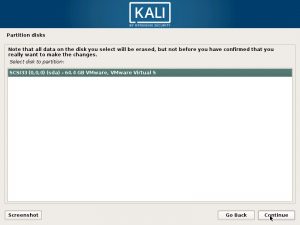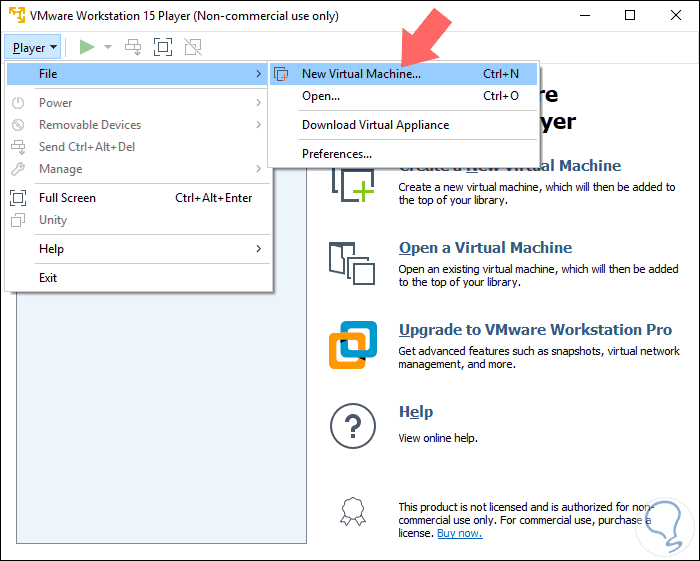
Since 1998, VMware has been one of the most popular virtual machines. The finest virtual machines for Linux are listed below. With the virtual machine, the user can launch the Windows operating system as if it were on the app. It allows us to utilize Windows OS on our Linux system in a virtual environment. We won't be able to change the OS without rebooting our system alternatively, Virtual Manager can be installed on our Linux. However, unlike Windows OS, Linux does not allow for user interaction. The user can choose which paravirtualization interface to go with for a given VM (such as Hyper-V or KVM) or allow VirtualBox to decide automatically.Next → ← prev Best Virtual Machines for Kali Linuxįor Linux users, virtual machines are a great saviour. The good news is that the major OSes - Windows, Linux, and FreeBSD, for instance - can all do this. Paravirtualization allows guest OSes to perform certain actions directly on the host hardware through an API exposed on the host, although the guest needs to be paravirtualization-aware for this to work. VirtualBox 5.0 adds paravirtualization support for Windows and Linux guests. That isn’t to say performance improvement wasn’t on the agenda at all. With version 5.0, the new features are mainly aimed at making day-to-day work a little smoother. VirtualBox has generally distinguished itself as the free alternative to VMware Workstation, even if its feature roster wasn’t as full or its performance as snappy as that of its commercial competitor.

How high has the bar been raised? High enough to keep VirtualBox competitive at the low end of the VMware Workstation market, although not enough to make it a one-to-one substitute for users wanting Workstation-level performance. With version 5.0, VirtualBox closes some of the gaps. In short, VirtualBox and Workstation are the most capable ways to run virtual machines on the desktop. Both support linked clones, which base copies of VMs on snapshots to save disk space. Both let you take as many snapshots of VMs as you can store, and they give you a graphical timeline to navigate among them.

(VirtualBox also runs on OS X, whereas VMware offers Fusion for Macs.) Both VirtualBox and Workstation let you create large VMs and complex virtual networks. Both run on Windows or Linux hosts, and both support a broad range of Windows, Linux, and Unix guests. For the price, Workstation has generally led in features and performance, while also providing close integrations with the rest of the VMware virtualization line.įundamentally, though, the two products are quite similar.

VirtualBox occupies the “free and open source” corner of the ring, while VMware Workstation is a proprietary commercial application. Oracle VirtualBox and VMware Workstation have been duking it out for several years now.


 0 kommentar(er)
0 kommentar(er)
